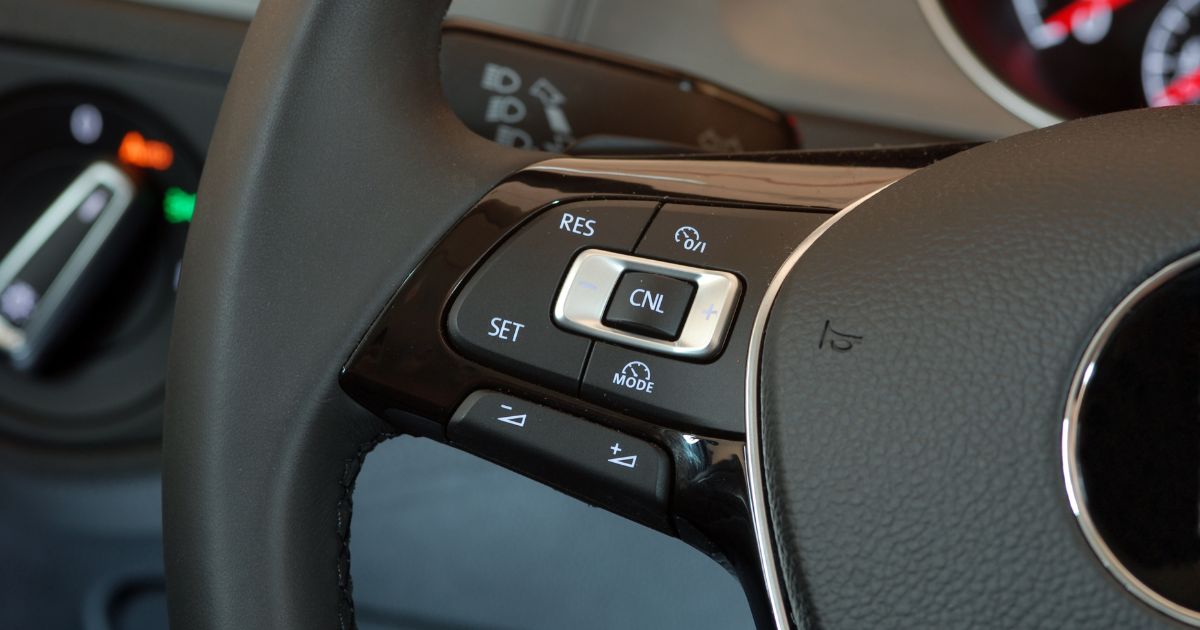MENU
- Home
- Overview
- Attorneys
- Practice Areas
- Firm News
- Blog
- Contact

Motor vehicles are much safer today compared to vehicles produced even just a decade ago. Most newer models are equipped with cameras, sensors, lasers, and GPS to detect and avoid car accidents.
While these features are certainly beneficial, they are not meant to be a substitute for the human driver. Listed below are some critical car safety features you should know.
Headlights and other types of lights help you see the road and make your vehicle visible to other drivers and pedestrians. Use them as required. That means using headlights 30 minutes after sunset and 30 minutes before sunrise, and in rain, snow, or foggy conditions. Never engage your high-beams when other drivers are present.
Your mirrors act as your eyes on the sides and back of your vehicle where you cannot see. Before you drive, check to see that all mirrors are clean and properly-positioned for maximum visibility.
Most of today’s cars and SUVS contain a minimum of six airbags installed strategically throughout the cabin. A crash with significant force sends a signal to an ignitor within the airbag that triggers deployment in less than 1/20th of a second.
Although lacerations, chemical burns, and impact injuries are possible in some crashes, the benefits outweigh the risks. Several studies have shown that airbags reduce fatal injuries, especially among front-seat occupants, by approximately 30 percent.
Anti-lock braking systems (ABS) became mandatory for new passenger vehicles in 2000. Designed to speed up braking for sudden stops, ABS works through sensors in each wheel that detect grip, speed, and other variables and send those messages to the vehicle’s computer. ABS slows to a stop during emergency braking while maintaining steering control to avoid an impending collision.
The list of driver assist options and crash avoidance systems is extensive, but all of these features work to avoid accidents. The most common features are:
Seat belts are required for every seat in a passenger vehicle. Amid all of the revolutionary vehicle safety features available today, the seat belt remains the single most effective device for protecting occupants. According to the National Highway Traffic Safety Administration (NHTSA), three-point harnesses reduce the risk of fatal crash injuries by half.
LATCH systems are mechanisms that secure child safety seats in passenger vehicles. As of 2002, they are mandatory in new vehicles. Safety seats attach to a bar located in the vehicle’s bottom safety cushion and tethers located in the back cushion. Because LATCH systems are more user-friendly and secure than previous seat belt-attached systems, they encourage the widespread use of proper, age-appropriate child safety seats.
Auto safety features are effective, but they cannot prevent every motor vehicle accident. If a recent car accident has impacted your life, contact an experienced lawyer for guidance. You may be entitled to compensation for your injuries and expenses related to the crash. Our Wilmington car accident lawyers at Jacobs & Crumplar, P.A. can help. Call us at 302-656-5445 or contact us online to schedule a free consultation. Located in Wilmington and Millsboro, Delaware, we serve clients in Dover, New Castle County, and Sussex County.